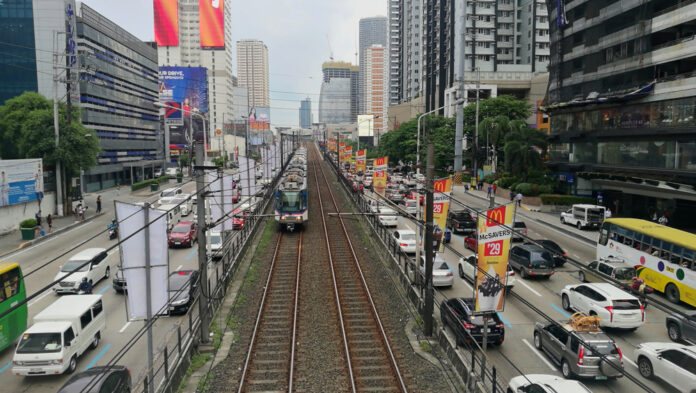The Department of Transportation (DOTr), as part of the larger goal of relieving Metro Manila of its horrendous traffic management problems, is exploring the idea of privatizing the operations and maintenance (O&M) of Metro Rail Transit Line 3 (MRT-3) and the Light Rail Transit Line 2 (LRT-2) as separate programs.
“The bundling may not be appropriate at this time because the markets are different and we still need to rehabilitate and expand LRT line 2. We need to expand it to the west going to the South Harbor by five kilometers and we need to expand it to Cogueo to cater more to the eastern part of Metro Manila,” Jeremy Regino, undersecretary for railways, said.
According to him, the government believes the best approach to the MRT 3 privatization might not be the same approach to LRT Line 2.
“So, we’re looking into all options and we’re looking into the figures,” he said.
Where everything is, the International Finance Corp. (IFC), the private investment arm of the World Bank, is studying the privatization of LRT-2 while the Asian Development Bank (ADB) evaluates the MRT3 for the same purpose.
Regino said the outcomes of those studies may be had around the end of this year.
The DOTr initially planned to combine the LRT-2 and MRT-3 sale into a single privatization package once the build-lease-transfer (BLT) agreement with the Metro Rail Transit Corp. for MRT-3 expires in 2025. The government operates MRT 3.
The Metro Rail Transit Holdings II Inc. led by businessman Robert John Sobrepeña owns the MRTC responsible for the design and construction of the EDSA rail transit system. Formed in 1995, MRTC built the MRT 3 in 1996, completed it in 1999 and started full operations the following year.
The MRTC and the then Department of Transportation and Communications agreed to the BLT in 1997 for the construction and maintenance of MRT 3.
The partnership required the DOTr to hold the franchise and run the system, particularly the operation and collection of fares. The MRTC built the system, maintained and guaranteed the availability of trains at specified headway and specified hours, procured the required spare parts, while the government paid the MRTC monthly fees for a certain number of years.
The MRTC financed the construction of the rail system stretching along EDSA from North Ave. in Quezon City to Taft Avenue in Pasay City. The company poured P4.49 billion worth of equity into the project designed to carry more than 23,000 passengers per hour per direction but expandable to accommodate 48,000 passengers per hour, per direction.
The LRT Line 2, on the other hand, was built at a cost of P31 billion in soft loans, mainly from the government of Japan.
The 13.8-km mass transit line traverses the cities of Pasig, Marikina, Quezon City, San Juan and Manila along the Marcos Highway, Aurora Boulevard, Ramon Magsaysay Boulevard, Legarda and Recto Ave.







